Willow

Willow is popularly called "weeping" because of the branches low over the reservoir. However, this tree species is much more interesting and useful than it is commonly believed. You should get acquainted with the description of the five-headed willow and learn about the features of the care, planting and use of the plant in landscape design.
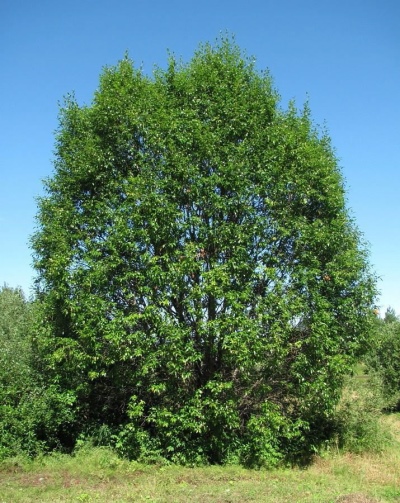
Description
The five-headed willow is of 2 types: a tree 5–12 m high or a shrub with a dense crown. Many biologists refer to the plant as nothing but blackberry or black-vine. This is due to the fact that the tree feels best next to the peat bogs of Siberia. Sometimes the five-headed willow comes across in the meadows of the European part of the country in the lowlands. It can also be found in the Far East and in the Ural Mountains.
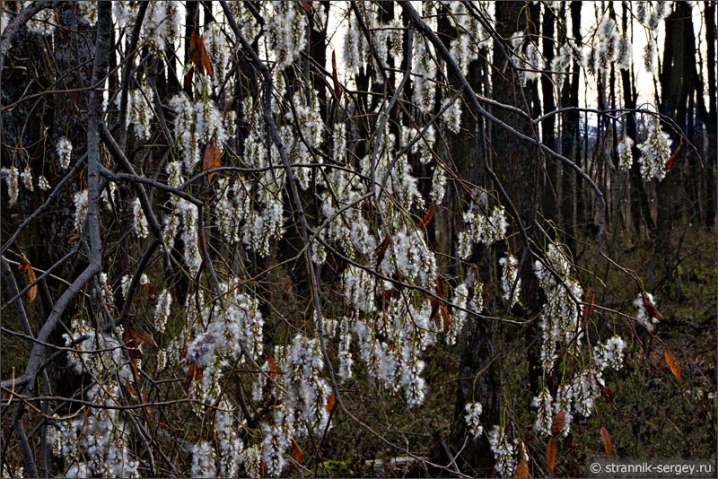
A distinctive feature of the tree is a dense spherical crown... The bark of a five-grained willow of a rich brown color, green leaves look especially beautiful against its background. Above, the leaves are dark green, below - lighter. The shape of the leaves is pointed, there are denticles along the edges. At first glance, they can be confused with laurel.
The five-headed willow is not often used in landscape design because of its size, but some site owners still manage to grow it in a large garden.
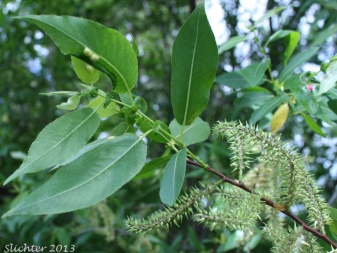
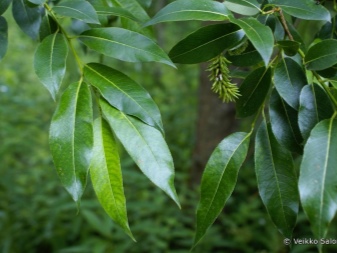
As a rule, the wood of this plant is used for weaving furniture.
Planting and leaving
The most favorable terrain for planting willow will be the shore near the reservoir, since the plant loves moisture very much. However, the five-headed willow can grow in the meadow. This species is very unpretentious and hardy, therefore, easy to grow and care for. The increased frost resistance of the tree and the resistance to diseases allow the willow to grow without problems even in areas unfavorable for other trees.
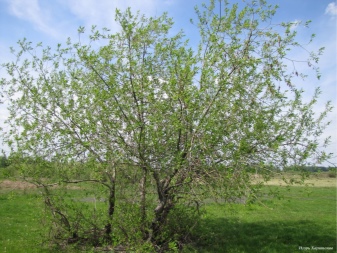
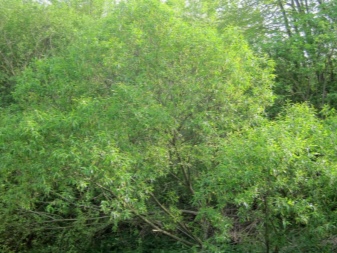
Best of all, the plant adapts to moist soil in a sunny area, since it is very light-requiring.
Immediately before planting, it is necessary to fertilize the soil with peat and compost. Then cuttings are planted in a hole about 40 cm deep. The distance between the rows should be at least 50 cm so that the roots do not get tangled under the ground and do not interfere with each other's growth. Pierce the selected place with a rod and lower the sprout. Next, you should thoroughly compact the earth. Cuttings are planted vertically and from south to north.
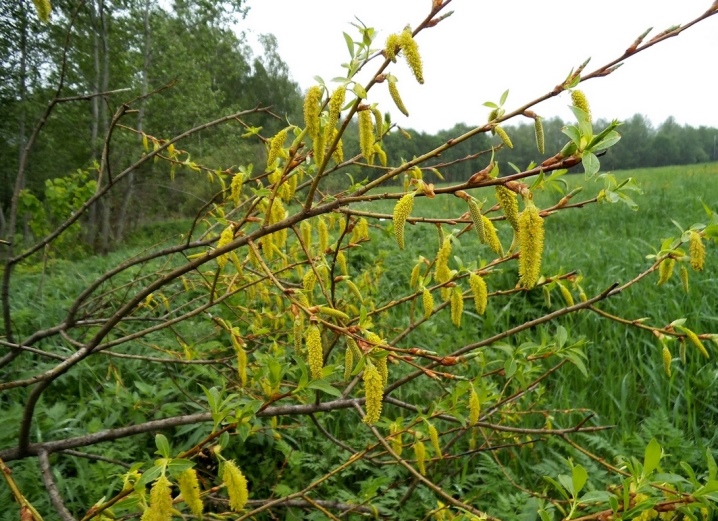
In order to avoid plant loss due to severe frosts that prevail in Siberia, many gardeners take particular care of the trees, preparing them for the difficult season. Since willows have increased frost resistance, it is enough to follow the simplest rules for wintering plants in cold climates. Pruning contributes to the restoration of the tree in spring.

Unfortunately, no tree is immune to pests and diseases, not even hardy willows. Ailments can damage the crown and trunk. The most common are:
- powdery mildew;
- rust;
- fungal damage;
- bark necrosis;
- scab.
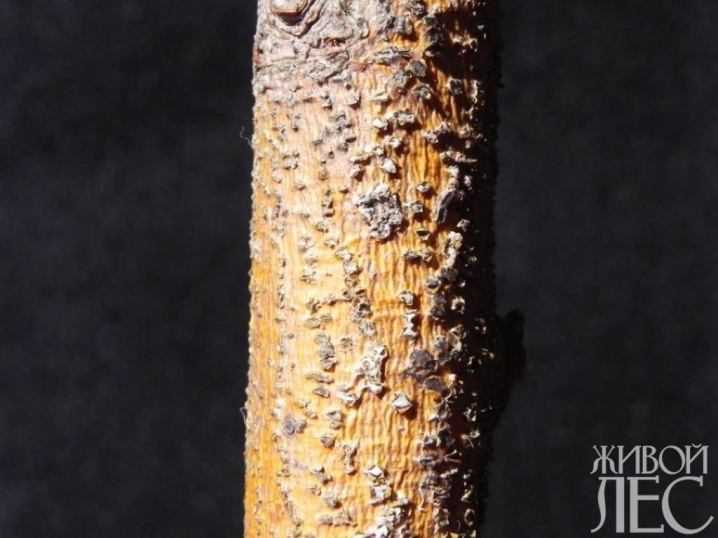
The five-headed willow can be attacked by parasites: aphids, caterpillars, all kinds of beetles. As a rule, only part of the plant is damaged, and the only way to preserve a healthy willow is to remove all diseased parts. It happens that a tree is halved after getting rid of all damaged areas. To prevent problems, many gardeners thin and prune old branches annually, as they are most susceptible to insects and diseases.To the delight of many, the five-chained willow is not severely damaged, since the plant is quite hardy.
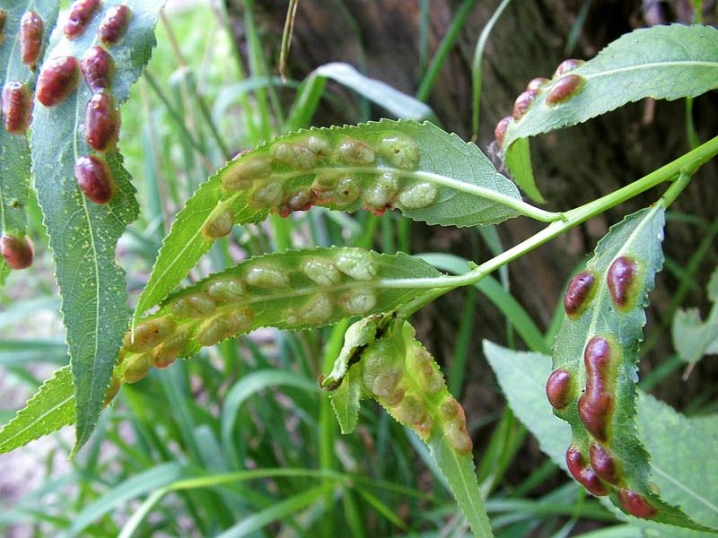
Reproduction
For propagation of five-grained willow, it is necessary to use the cuttings method. To do this, take cuttings 20 cm long, cleaned of leaves and planted in a pot in damp ground. After the roots are visible through the drainage holes, the tree can be transplanted into the soil. If the plant is too large, it must be shortened to 30 cm and only then transplanted. The breeding process is best done in early spring or late autumn, as this is the most favorable period for the germination of cuttings.
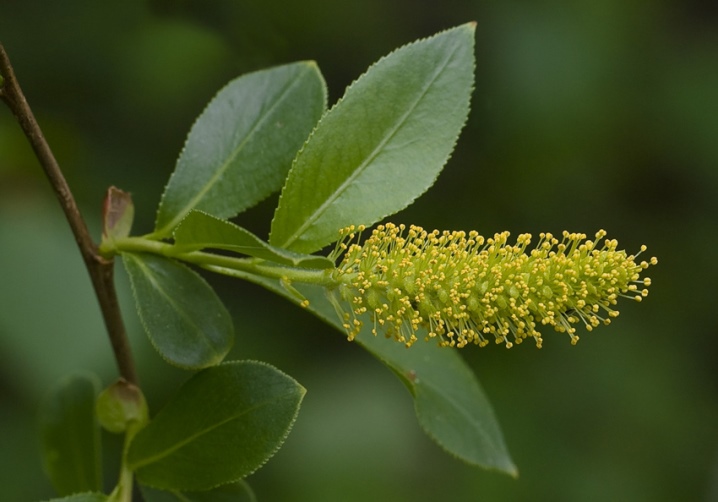
Use in landscape design
Since the five-headed willow can reach 12 m in height and has a spreading spherical crown, such a plant is not suitable for a small garden plot, but it will perfectly fit into a rural landscape near a pond or river. Sometimes this tree species can be found in the city park by the reservoir.
With regular haircuts and proper care, willow can be used as a hedge.

If you are the lucky owner of a large garden with an artificial pond or stream, you can safely plant a five-stalked willow on your plot. The main thing is that the plant has enough light and moisture. A spreading crown with bright green leaves can be shaded with an elderberry, which has purple foliage... Thanks to the dense crown, the five-stalked willow will be an excellent choice not only for hedges, but also for wind protection of the site. On a large plot, a willow tree can be placed next to a small pond and set up a recreation area there by placing a bench with a table, a gazebo or a swing.




































































The comment was sent successfully.